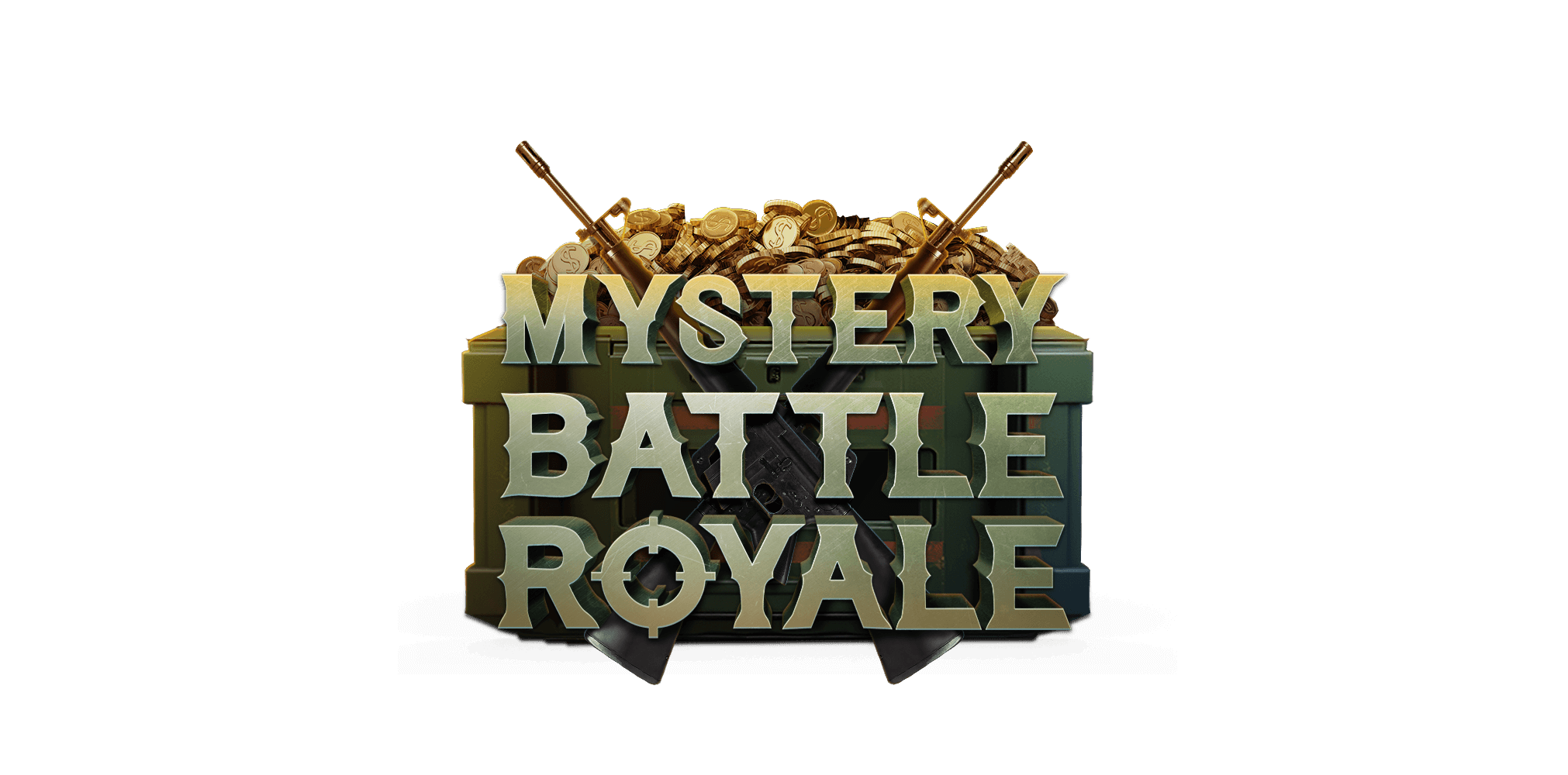
If you’re a regular poker tournament player, the art of deal-making is something you need to perfect. While the situation may not come around too frequently, when it does, it can have a huge impact on your overall profits.
In this article, we’re going to learn about the different types of deals. But more importantly, we’ll reveal how you can get the most bang for your buck.
The Importance Of Deal Making
Lots of factors come into play when working out poker tournament deals. Inexperienced players, or those who simply need the money, may be tempted to surrender EV just to lock up a deal. That is never a good idea.
Regardless of personal situations, there’s always one way that is theoretically correct. However, if you glance at the results of online poker tournaments, you’ll see lots of players who clearly don’t understand deal-making. In fact, many of them are quite clearly being taken for a ride by those who really do understand tournament deals.
In this article, we’re here to redress the balance. Let’s start by looking at the different kinds of poker tournament deals, or “chops”.
Different Types Of Deal-Making Strategy
Like anything in life, there’s more than one way to skin a cat. And of course, some are more effective than others.
Equal Chops
As the name suggests, this is a pretty straightforward split. Everyone involved takes an equal share of the remaining prize pool.
Let’s say you’re playing for a WSOP title and are down to the last three players. An equal chop here would result in all three of you taking home one-third of the remaining prize fund. However, you would still continue to play for the bracelet.
Chip Chops
In this type of poker tournament deal, your percentage share of the remaining prize pool is determined by your chip stack.
So, in the above WSOP scenario, if one player has 50% of the chips in play, they would take 50% of the remaining money. Naturally, if the other two players had 35% and 15% of the chips, those values would dictate their respective shares of any chop.
ICM Chops
The most complicated, but by far the best way to calculate a fair chop, is to use the Independent Chip Model (ICM).
This method effectively assigns a real money value to every chip stack, factoring in the payout structure and remaining prize fund. It uses the current distribution of chips to calculate the chances of every possible finishing permutation and produces a fair chop.
More On Chip Chop Deals
The problem with chip chops, and indeed equal chops, is that they don’t tend to be very fair. Yes, the mathematics behind the split is easy to calculate, but it doesn’t take the existing payout structure into account. Allow us to illustrate the problem.
Let’s say there are 10,000 chips in play, with four remaining players in a No-Limit Hold’em tournament. The payout structure is as follows:
1st: $10,000
2nd: $6,000
3rd: $5,000
4th: $4,000
Now let’s imagine the four players want to discuss a chip chop, with the following chip stacks in play:
Player A: 5,000
Player B: 2,600
Player C: 1,600
Player D: 800
A chip chop uses the following calculation:
Prize Pool / Total Chips = Value Per Chip
$25,000 / 10,000 = $2.5 per chip
So the payouts should be as follows:
Player A: 5,000 * 2.5 = $12,500
Player B: 2,600 * 2.5 = $6,500
Player C: 1,600 * 2.5 = $4,000
Player D: 800 * 2.5 = $2,000
Do you see any problems here? Player A is walking away with $12,500 as a result of this chop. That’s actually $2,500 more than the highest possible prize of $10,000 if we just play the tournament out naturally!
Player D, on the other hand, could simply sit there and blind out to collect the lowest remaining prize of $4,000. But if they accept this deal, they’ll only receive $2,000.
This chip chop makes absolutely no sense.
The Independent Chip Model
In a poker tournament, the value of a single chip is always changing. Let’s take a standard online $10 SNG structure with ten players and payouts of $50, $30, and $20 for the top three.
Each player started with 1,000 chips, so there are 10,000 in play.
At the start of the event, every chip is worth one cent. Because every stack of 1,000 is worth exactly $10. But that amount constantly changes. If you’ve made it into the money, for instance, your chip stack has to be worth at least $20. Regardless of whether you have 5,000 chips, 500, or 5, the lowest prize is $20. So that’s at least what your stack is worth.
This specific chip value is what the Independent Chip Model looks to address. And although the mathematics behind an ICM calculation isn’t straightforward, it will lead to much fairer chops. By taking everything into consideration, including the tournament’s prize structure, nobody will go home with more than the maximum or less than the minimum.
Using an ICM calculator on the earlier chip chop example produces the following payouts:
Player A: $7,777.54
Player B: $6,505.86
Player C: $5,770.04
Player D: $4,946.56
Doesn’t that look a lot more realistic?
Making Poker Tournament Deals: Final Word
There are different ways of making a deal in a poker tournament, but don’t be tempted to go for the easiest solution. Unless you’re looking to pull a fast one over your opponents, that is!
ICM is always the fairest way to chop. Although the calculation is fiddly, there are lots of calculators online that do the work for you.
Don’t forget to subscribe to our newsletter to get the latest poker tips as well as info on upcoming poker events.

.webp)




























